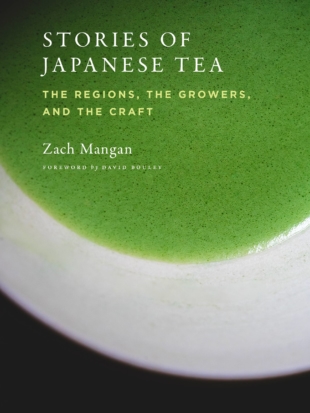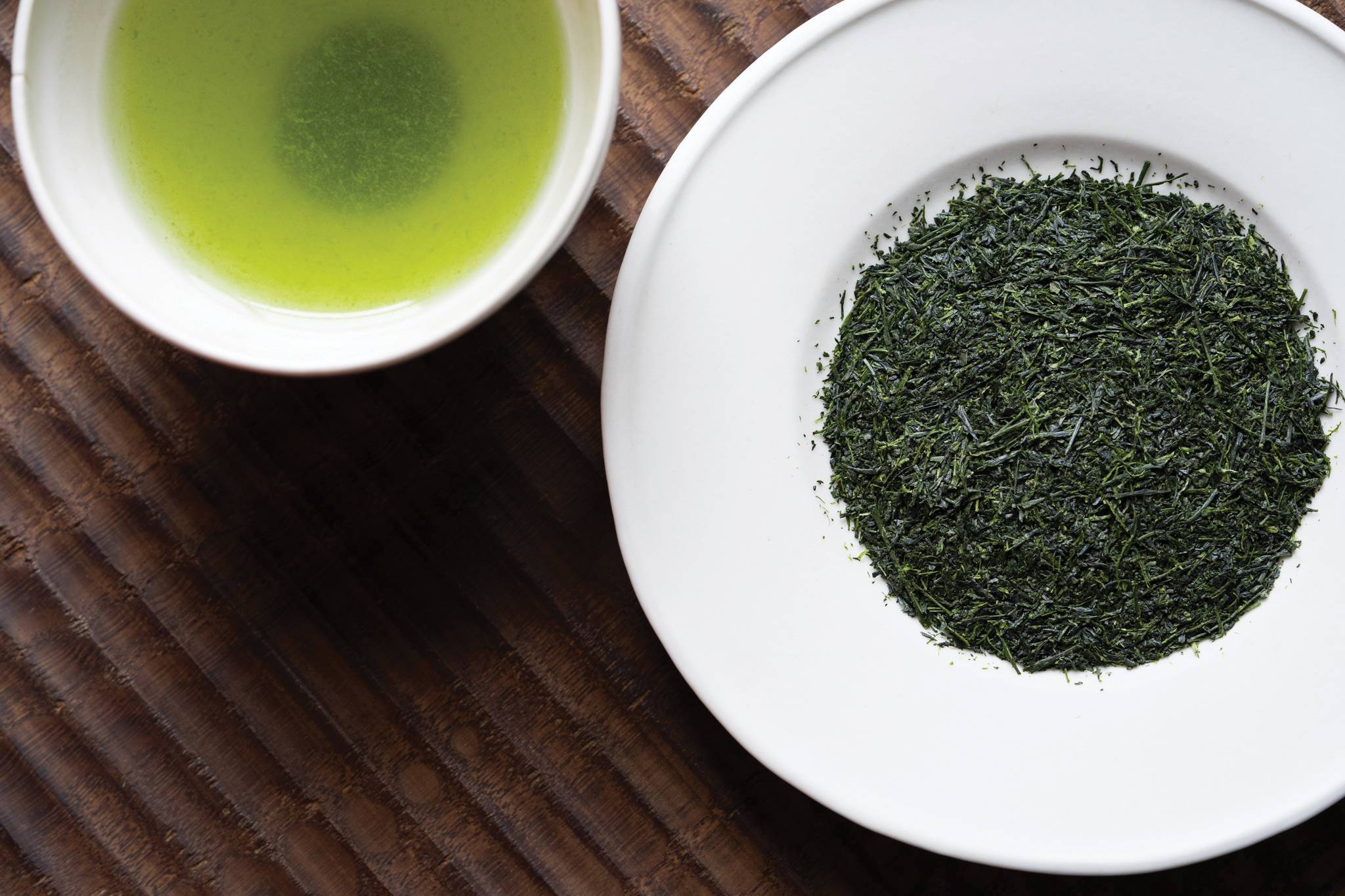Japanese tea has skyrocketed in popularity overseas during the past two decades, fueled in no small part by the many health benefits of matcha. Yet for all its increased ubiquity, the way green tea, matcha in particular, is described in English hasn’t changed much. The most common adjectives you’ll see are “bitter,” “grassy,” “earthy” or “vegetal.”

English-language books on tea tend to emphasize brewing methods but few guide you on how to taste it. That’s why Zach Mangan’s “Stories of Japanese Tea: The Regions, The Growers, and The Craft,” feels comparatively novel: it approaches tea as you would wine or coffee, highlighting the importance of terroir, encouraging the reader to build their palate and draw on a wide range of flavor references to express what it is they are tasting. For example, a sencha from Kagoshima might have the acidic, tropical notes of a husk cherry, while a Kyoto tencha that has undergone jukusei (aging) has more “marine” aromas like that of seaweed or oysters.


















With your current subscription plan you can comment on stories. However, before writing your first comment, please create a display name in the Profile section of your subscriber account page.